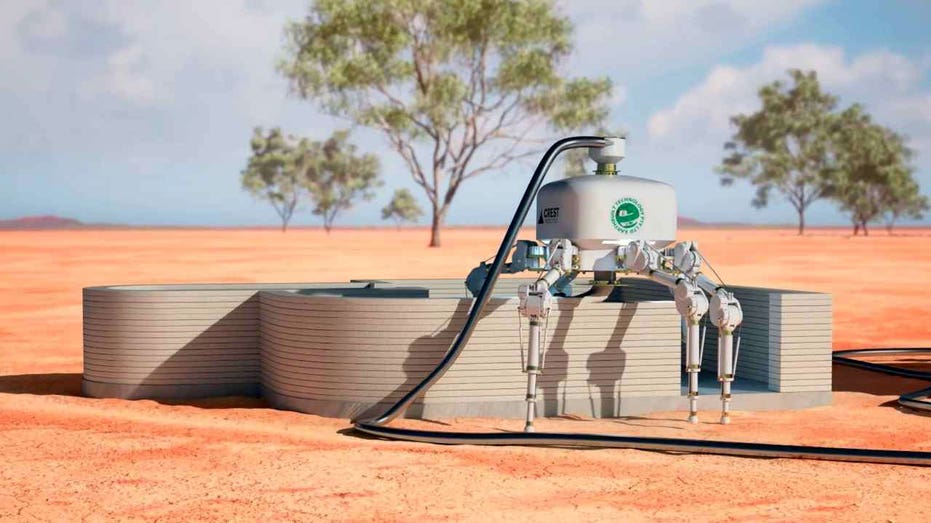Australian 3D Printing Robot Charlotte Sets New Standards with Rapid, Sustainable Home Construction

Advancements in construction technology are transforming how homes are built, with robots leading the charge toward faster, more sustainable building methods. The latest innovation comes from Australia, where a spider-like robot named Charlotte is making waves for its ability to 3D print entire houses in record time.
Revolutionizing Housing with Rapid 3D Printing
Developed through a collaboration between Crest Robotics and Earthbuilt Technology, Charlotte can construct a 2,150-square-foot home in just one day—an achievement comparable to the work of over 100 traditional bricklayers working simultaneously. This breakthrough offers a glimpse into a future where housing shortages could be addressed more efficiently, especially in areas facing labor scarcity and rising construction costs.
Eco-Friendly Materials and Sustainable Design
Unlike conventional construction, Charlotte utilizes an innovative extrusion system that layers environmentally friendly materials made from locally sourced sand, crushed brick, and recycled glass. The resulting structures are not only durable and fireproof but also flood-resistant, with a significantly reduced carbon footprint compared to traditional building techniques. This approach aligns with global efforts to create more sustainable urban development.
-
Timeshare Nightmare: Retired Couple Loses $50,000 to Elaborate Scam

-
Congressman Demands Zuckerberg Testify on Allegations of China Censorship Tools

-
SpaceX’s Record-Breaking Starship Set for Critical Test Flight Amid Weather Challenges

-
Ethernet vs Wi-Fi Security: Which Connection Protects Your Home Better?

From Prototypes to Future Applications
While Charlotte is currently in the development stage, a scaled-down prototype has already demonstrated its potential. Experts believe that such robots could play a crucial role in solving housing crises worldwide by providing affordable, rapid construction solutions. Moreover, the creators envision future versions of Charlotte building habitats beyond Earth, including lunar bases for space exploration, thanks to its compact and autonomous design.
Implications for the Future of Construction
If successful, Charlotte could revolutionize the construction industry by enabling faster, cheaper, and environmentally friendly building processes. The integration of robotics and 3D printing technology promises to make housing more accessible, particularly in regions with limited labor resources or high costs. This innovation points toward a future where homes are built efficiently and sustainably, meeting the growing demand for affordable living spaces.
Broader Impact and Next Steps
Although full-scale homes built by Charlotte are still in the pipeline, its development signals a significant shift towards automation in construction. As robotics and 3D printing continue to evolve, their roles could extend beyond Earth, supporting human habitation on other planets. For now, Charlotte exemplifies how technology can address pressing global challenges in housing and sustainability.
For more insights into emerging construction technologies and sustainable building practices, visit official resources such as the Occupational Safety and Health Administration and the U.S. Green Building Council.
